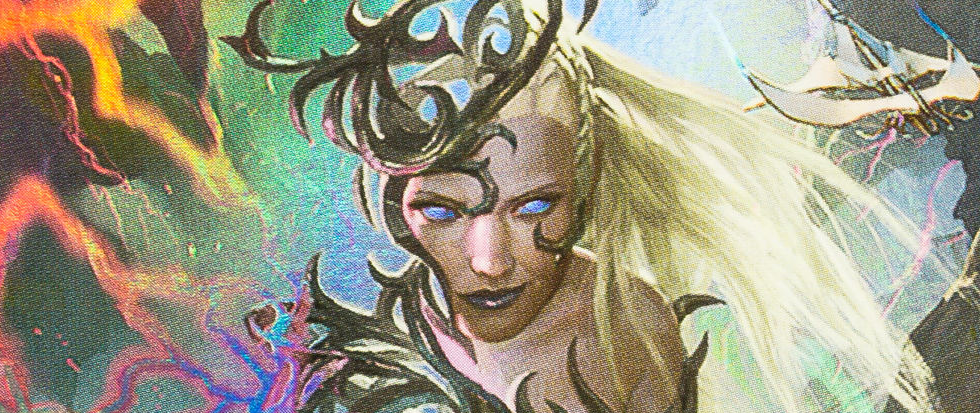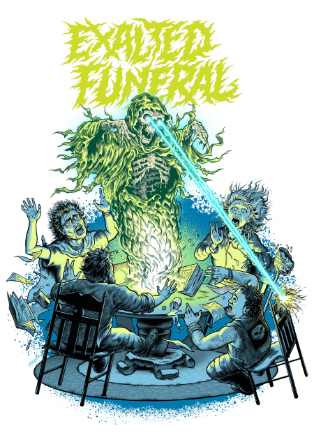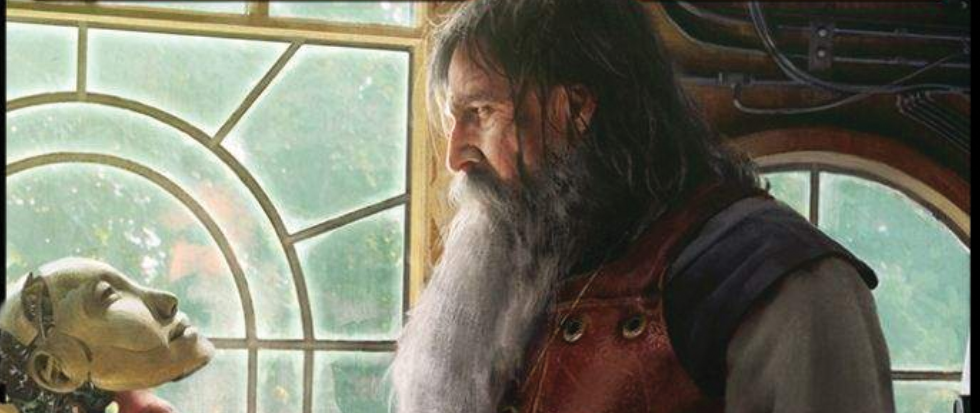
The Magic of Commander
We identify with the cards we play in any game we care about. We keep gravitating to similar strategies because we take ownership of them. They scream out who we are in a heavily abstracted way, a means of self-expression. It’s how we put a piece of ourselves in the game we love. Commander, a Magic: the Gathering format, understands all these things by doing one simple thing: putting the focus on a single card.
Originally known as Elder Dragon Highlander after a cycle of extremely powerful dragon cards, Commander is a format that makes you play with a 99 card deck, with no more than one copy of a card included aside from Basic Land. But really you’re playing with 100 cards, because one card is always available for you to play, your titular Commander.
It may seem very similar to Heroes in Hearthstone, but Commanders tend to be more powerful than the former’s classes. They’re actual creature cards, which means that they go on the battlefield and can mix it up with your opponents’ monsters. And instead of just granting a once-per-turn ability that’s marginally useful, they will often come with powerful abilities that can change entire games – powerful enough to build a deck around.
They bring with them deck building restrictions, though. The cards in your deck have to be of the Commander’s color identity, meaning only colored mana symbols that appear on the Commander’s card can be on cards in the deck. This isn’t as much of a hindrance as it sounds. Indeed, Commander players relish working within the confines of these limitations to build a deck in the correct color identity that still works well with their Commander’s strategy. It’s a case of limitations breeding creativity.
One more way we forge connections with characters is through the lore, and Commander inherently allows us to do so thanks to its structure. The only Creature cards you’re allowed to use as a Commander are called Legendary Creatures. They’re called this because instead of being a generic creature of some kind, they’re named characters in the Magic: the Gathering story. Letting you play as your favorite characters lets you get into the game in a way that pure mechanics just can’t, and makes lore and stories come alive around you, letting you add to their legends with decks you created by your own hand.
Most of all, Commander gets back to what made Magic so special in the first place: playing as a wizard with a library of spells at your disposal, summoning creatures and dueling opposing spellcasters. Magic’s original conceit is, in a way, a quaint anachronism that’s been subsumed in the tide of mechanics-first card games. And Magic still thrives in this environment because it’s one of the most mechanically rich games out there. But there’s something about stepping into the shoes of a powerful Commander with a customized arsenal of spells at the ready that makes you feel like you’re back at your kitchen table again, wielding spells and waging a grand battle against rival spellcasters. Commander lets you inhabit Magic in a way few other formats can through the simple act of giving Magic a face.





